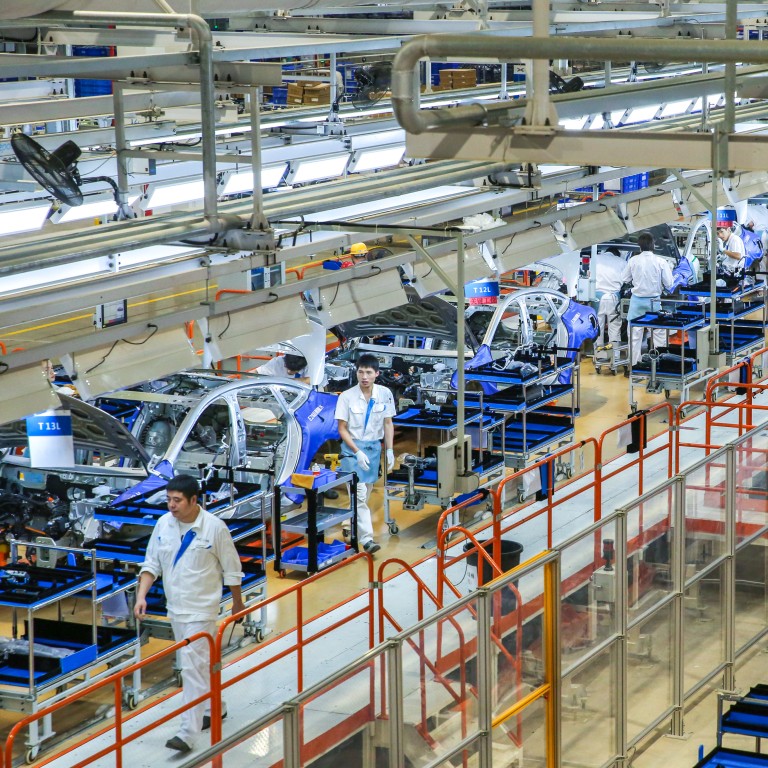
Xpeng aims to cut 2024 production cost by 25 per cent as it fine-tunes designs and enhance efficiency to survive competition
- The efficiency drive and cost-cut programme would put Xpeng on the road to generate positive cash flow by 2025, said its president Brian Gu
- Xpeng’s 13 per cent discounts in January were buffered by a 60 per cent decline in the cost of lithium carbonate, a key material for EV batteries.
The efficiency drive and cost-cut programme would put Xpeng on the road to generate positive cash flow by 2025, said the carmaker’s president Brian Gu, during a media briefing.
“The capability of developing attractive products at affordable prices has become more important [in the EV industry],” Gu said. “We want to make sure that the technologies and the platform, or the architecture [we developed] allow us to achieve efficiency and cost reduction.”


“Smart EV makers need to take a cautious stance on profitability from now on because competition will intensify amid more new model launches,” said Gao Shen, an independent analyst in Shanghai. “Top EV start-ups also need to be thrifty to plan ahead of market turbulence in the coming years.”
Positive cash flow means more money coming in than going out of a company. But it does not translate into profitability because a company cannot post a net profit unless all expenses such as tax payment are subtracted from its revenue.
The war for domination in the world’s No 1 electric car market
Xpeng cut prices by up to 13 per cent in January. The discounts had been buffered by the declining cost of lithium carbonate, a key ingredient in the production of EV batteries, Gu said. Battery costs make up as much as 40 per cent the production cost of a typical EV.
The spot price of battery-grade lithium carbonate dropped to 199,000 yuan per tonne in China last week, down about 60 per cent from a year ago.

